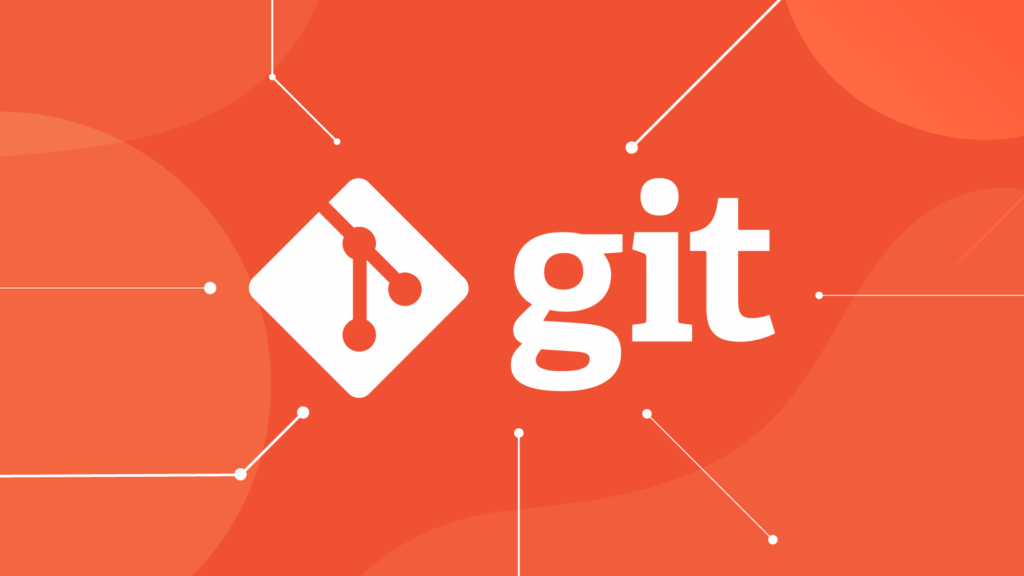
Drupal is an example of a Content Management System (CMS). A content management system is an application used to create, edit, manage, search and publish various kinds of digital media and electronic text. The Drupal system runs on the web server that hosts your website, and can be accessed by normal web browsers, such as Internet Explorer and Mozilla Firefox etc.
Drupal is a free, open source modular framework and Content Management System that is written in PHP (Personal Home Page). PHP is a scripting language originally designed for producing dynamic web pages. These days, Drupal is used as a platform for a vast array of websites, ranging from small personal sites and blogs, through to enterprise, corporate and political websites.
The standard release of Drupal, called “Drupal core”, contains most features common to pretty much all Content Management Systems. These include the ability to register and maintain individual user accounts, administration menus, RSS-feeds, customisable layout, flexible account privileges, logging, a blogging system, an Internet forum, and options to create a classic “brochureware” website or an interactive community website.
Drupal also allows new features and custom behaviour to be added by third parties. For this reason, Drupal is sometimes described as a “Content Management Framework”. Although Drupal offers a sophisticated programming interface for developers, no programming skills are required for basic website installation and administration.
Drupal can run on any computing platform that supports:
– a web server capable of running PHP (version 4.3.5+), including Apache, IIS, Lighttpd, and nginx.
– a database, such as MySQL or PostgreSQL, to store content and settings.
Drupal Core modules
Drupal core includes “core modules” which can be enabled by the administrator to extend the functionality of the core website.
The core Drupal distribution provides a number of features including:
– Access statistics and logging
– Advanced search functions
– Caching and feature throttling for improved performance under load
– Comments, forums, and polls
– Descriptive URLs
– Multi-level menu system
– Multi-site support
– Multi-user content creation and editing
– OpenID support
– RSS Feed and Feed Aggregator
– Security/new release update notification
– User profiles
– Various access control restrictions
– Workflow tools
Drupal Core Themes
Drupal core includes several “core themes”, which customise the aesthetic look-and-feel of the site. These themes can be chosen by the administrator.
The Colour Module, introduced in Drupal core 5.0, allows administrators to change the color scheme of certain themes via a Web-browser interface. This feature was added to allow a higher level of customisation for the average non-coder.
Newpath WEB specialise in Drupal based web development. Please visit our web portfolio for examples of our work with Drupal, and other platforms.





